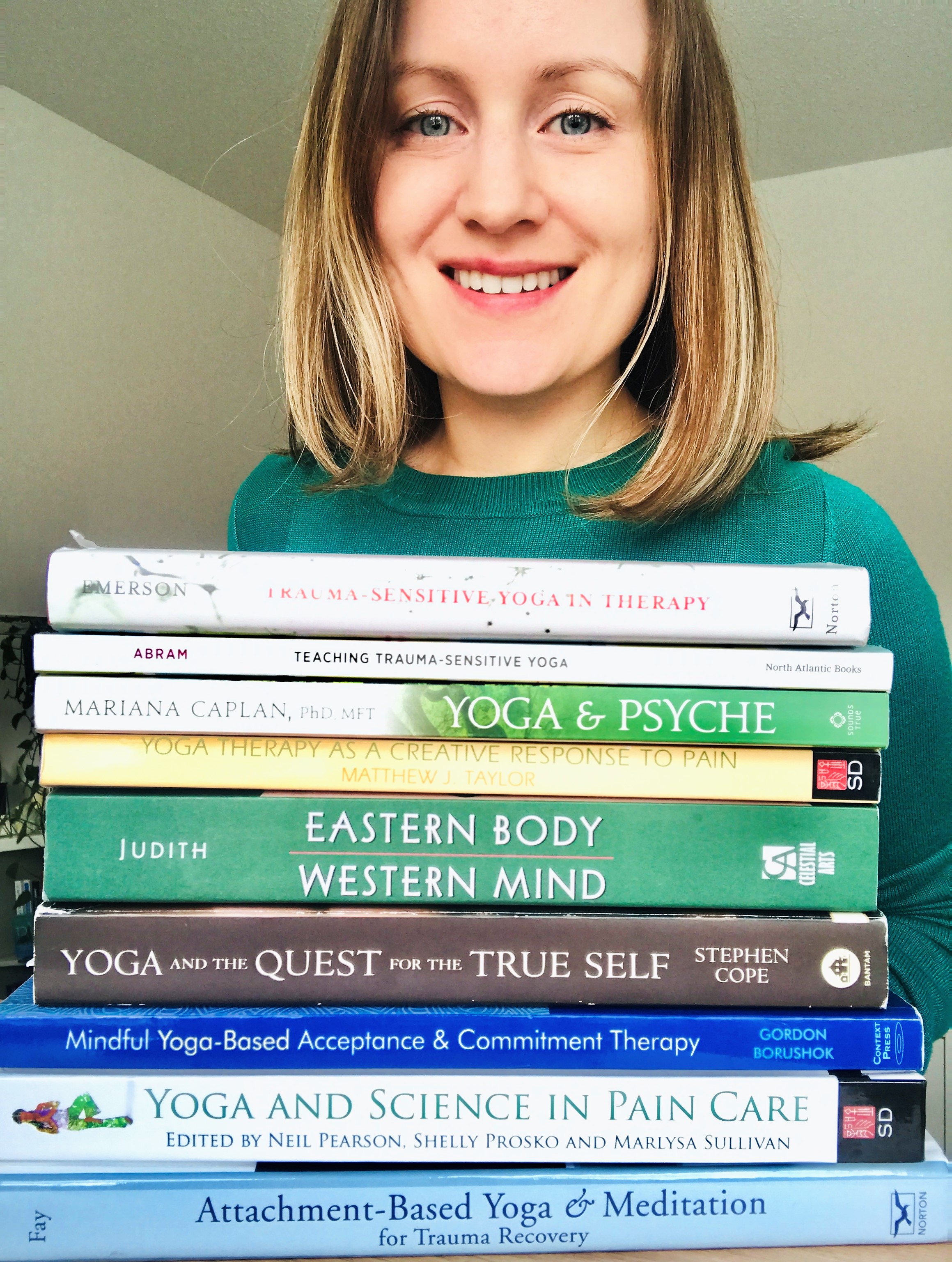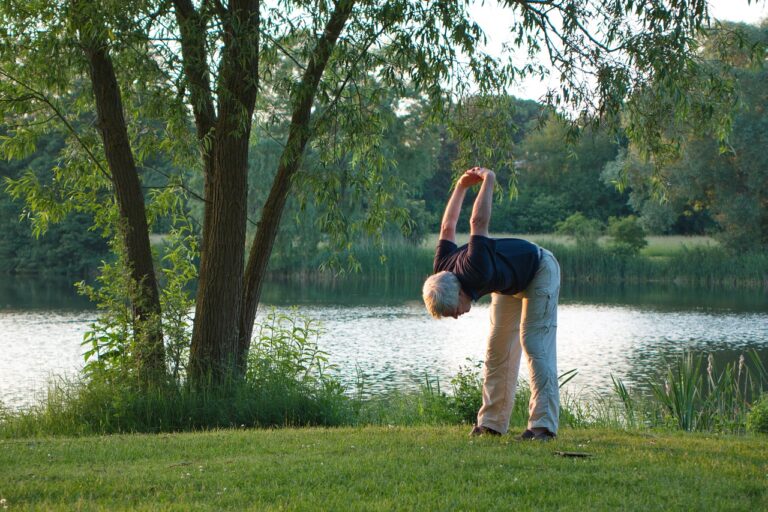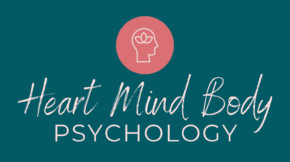Why you might want to try combining yoga with therapy
Welcome to Heart Mind Body Psychology!
If you’ve looked around my website already, you may have some idea of how I work and what’s on offer. In any case, do stay tuned…I’m glad you are here and I’m excited to share more ideas and resources with you!
In this first blog post I will talk about why combining yoga with therapy might be helpful to you.

'Heart Mind Body’, psychology, and yoga
Heart Mind Body is about bringing together our minds and bodies – which often forget each other in modern life – with the things that are valuable and nourishing to us in life. It’s a holistic approach that considers all aspects of our humanity in living well.
‘Heart’ is about the things that bring us joy and purpose in life and emphasises living from a place of compassion for ourselves and others. It’s also about the importance of community and healthy relationships that help us to thrive, not just survive.
For me, heart is also about compassion for all living things and our shared home, planet Earth. Just as our minds and bodies can become disconnected from each other, we modern humans can also find ourselves disconnected from our natural world and systems of life support. This too can have a considerable impact on our wellbeing.
Living from a place of purpose, meaning, joy, and connection is so key to our wellbeing. While there are many paths to these things, my own personal and professional experience relates to how clinical psychology and yoga can help to get us there.
Changing impressions of yoga – is it all about flexibility?
When I first started working in the world of psychology 12 years ago, I had never practised yoga and knew very little about it. I certainly didn’t think they had anything to do with each other.
That changed several years ago after a day of training on how psychologists could incorporate yoga into their work. I was immediately intrigued! Until then I hadn’t given yoga much thought, but saw it mostly just as a form of fitness for physically flexible people, with a bit of spirituality thrown in if you wanted. It seems I was not alone – I’ve often heard people say, “I’m not sure I could do yoga, I’m not flexible enough.”
When yoga is perceived this way it suggests it can be seen as inaccessible and that in order to practice yoga our bodies need to be a certain way. Perhaps it’s not much of a surprise when images of yoga often show glamorous young women in positions that seem way too twisty for us to emulate. (And we may never be able to if our unique skeleton does not allow for such shapes!)
This has me wondering how many people could benefit from yoga but end up thinking it’s not for them and consequently miss out on the potential benefits.

Who can practice yoga?
Having practised yoga for several years now and trained as a yoga teacher, the most important thing I have learned is this:
yoga is available and accessible to anybody and everybody – truly.
There is much more to yoga than moving into different positions with our bodies. Even then, there are many ways to make the physical practice – called asana – accessible to most people. Asana is, after all, only one out of the eight branches of yoga, which together cover physical, psychological/psycho-spiritual, and ethical practices.
Rather than focusing solely on physical flexibility, yoga also offers up the potential for us to become more psychologically flexible. This simply means being able to adapt to the challenges of life in the present moment and to take helpful actions based on our values.
I do believe impressions of yoga are changing, but it seems there’s still a way to go before it’s perceived and experienced as accessible to everyone who would like to try it out.
Why might we integrate clinical psychology and yoga?
Over time, I’ve become more and more aware of how this ancient Eastern system of wisdom has some commonalities with Western psychology, as well as offering concepts and practises that may be new to us in the Western world. It often seems we are only just catching up in the West to this long-held wisdom.
Integrating psychology and yoga is essentially about connection.

The Mind-Body Connection
A good book on the potential benefits of integrating psychology and yoga is Yoga and Psyche, by Mariana Caplan. She lays out some of the research on yoga’s benefits and considers what psychology has to offer to yoga, and what yoga has to offer to psychology. Integrating them, she says, offers the possibility to become “fully embodied”, meaning that the awareness and intelligence we usually associate with the mind can be experienced throughout the body too.
The mind and body influence and shape each other, even though we are not always consciously aware of this. Improving the connection and relationship between mind and body can be helpful for everybody. For example, by improving our understanding of ourselves and ability to regulate our emotions and mood. It may be especially helpful if you have a difficult relationship with your body; whether you experience trauma symptoms or difficult feelings towards your body (such as shame), or you struggle with a chronic health condition. It’s not uncommon for mental health struggles to co-exist with physical health complaints, for various reasons, and so addressing both together can be helpful.
More and more we are recognising that important aspects might be missed out when psychotherapy omits the role of the body. Bessel van der Kolk, in his bestselling book The Body Keeps the Score, speaks of how we can sometimes hold past traumas and relationship wounds in our bodies through tension, chronic pain, posture, and chronic illnesses.
Sometimes, talking therapy alone may not address a person’s whole experience of these struggles. Knowing this, it makes sense that van der Kolk and many others now recommend treatments that include the body when working with different types of psychological distress, and trauma in particular.
When the body feels unsafe or unpleasant to be in, working on improving a sense of safety and compassion before delving deeper in talking therapy can aid the therapeutic work.

Disconnecting
It’s normal for us to want to avoid or get rid of any physical or emotional pain we might be carrying by disconnecting (often without realising) from what is happening in our bodies. This is very common in people who have experienced some kind of trauma, or who live with persistent pain. It is also completely natural as our brain is trying its best to keep us safe from experiences it interprets as harmful or dangerous.
Modern life can also leave us detached from noticing the inner workings and needs of our bodies and minds. We can probably all relate to this from scrolling mindlessly through our phones and not noticing what else is going on around us!
If we can gradually and gently learn to reconnect and open up to the intelligence and wisdom within our bodies, we may find this benefits both our mental and physical health. We can better understand what we need for emotional and physical balance by increasing our awareness and recognition of how we are truly feeling. This can help us improve our ability to take care of our whole selves – mind and body – as well as to feel more able to let others know what we need (such as our romantic partners or even healthcare professionals you regularly meet with).
Reconnecting
Both psychology and yoga offer tools and practices that help us to navigate, regulate, and make sense of our lived experiences. Bringing these together offers not only a wider pool of options for wellbeing, but also helps to fill the gaps where psychology or yoga alone may not capture the whole picture of us as humans.
Through working with our minds while considering the body, and working with the body while considering the mind, we can create unity and begin to feel whole. If you have a tendency to be spiritual, then you may particularly value this sense of unity and growth in spiritual connection. Even if you are not a particularly spiritual person, you may find this an opportunity to develop your sense of connection to self and others and even all living things. This might also be of benefit to your mental health.
One of the key ways we can improve connection is through breathwork, which acts as a bridge between mind and body – especially due to its uniqueness in being both an automatic bodily process and also consciously within our control. Yogis have experienced and described these methods for millennia, whereas science is only just catching up with what happens when we work on integration and in particular the power of the breath.

What do psychology and yoga share?
In yoga, while the physical practice is an important aspect, people are often less aware of yoga philosophy. One of the key texts from yoga wisdom is Patanjali’s Sutras (meaning “thread”, where each thread is a learning tool we can consider and ‘weave’ with other threads). These Sutras describe teachings on how we can deal with life as a human – the pain, pleasures, difficulties and challenges, as well as opportunities and potential we have.
Yoga philosophy is a huge topic and my knowledge of it is comparatively small. However, I have come across many ideas and concepts that are shared or similar to those in clinical psychology, as well as additional offerings.
How we approach our minds
Psychological therapy and yoga are not too dissimilar in how they approach the mind.
In psychological therapy we often spend time exploring your thoughts and feelings, noticing repeated patterns of behaviour, and considering what is working or not working for you in service of living the kind of life you want. You may become aware of long-held beliefs or ‘stories’ about yourself that unwittingly drive your behaviour and choices. While we all have these and they may have previously served us in getting by, they can become unhelpful and begin to cause problems. Therapy often involves learning new skills and tools for helping us to manage difficulties we are experiencing and to live our lives as fully as possible.
In yoga, Patanjali’s Sutras similarly speak of becoming aware of our patterns and noticing what may be “clouding” our thoughts, or how some thoughts may become obstacles to our potential. He says there is hope in removing these obstacles and finding clarity to move us towards our goals, through the practice of yoga. To help get us there, the Yamas and Niyamas of yoga are guidelines that form the foundation of yoga practice, providing advice and wisdom for us in how to live skillfully and fully with the complexities of being human.

A practice of yoga can parallel the processes within therapy. A quote that demonstrates this well comes from Stephen Cope in Yoga and the Quest for the True Self. He describes how “a great deal of the practice of yoga on the mat is about learning and unlearning – exposing and unlearning old habits of perception, and learning to hone the human perceptual potential in altogether new ways.”
We learn and unlearn in talking therapy too. With a combination of both, what you notice and learn about yourself on the yoga mat can be brought to therapy, and what is learned in therapy can be taken to the mat to explore in embodiment. For example, if you are struggling with self-criticsm and working on this in therapy, you can also take this to the yoga mat where you might notice the self-critic showing up while moving into a yoga posture (asana). You then have the opportunity to ’embody’ any learnings from therapy in how you approach this self-critic (such as compassionate self-talk) in combination with yogic tools (such as breathwork). This can transform how you move, behave, and relate to yourself whenever the self-critic shows up.
Yoga can also offer an alternative or additional way in, where talking therapy alone may be tricky for some people.
Essentially, there may be further gains to be had for our psychological wellbeing when we include the experience of our body in therapy.

How we treat ourselves
Coming back to ‘heart’, the practice of yoga can help to nurture kindness and acceptance towards ourselves and others. It can open our hearts to embrace parts of ourselves (and parts of others) that we may have neglected or disowned.
Yoga can therefore be a great complementary practice with compassion-focused therapy (CFT). CFT works towards building kindness and acceptance towards ourselves, alongside wisdom and courage. If you have noticed a tendency to be self-critical, or you struggle with difficult emotions or low self-esteem, then CFT could be particularly helpful for you.
So how can you work towards mind-body balance and wellbeing?
For both psychological therapy and yoga, it can take some work to explore our inner world and build the life we want.
There are many different kinds of yoga that offer different methods for working with the mind and body and not every kind of yoga will be the right one for you. Essentially, it depends on what your needs, hopes, and preferences are. If you are experiencing symptoms of trauma (such as flashbacks or dissociation), finding a yoga professional who is trained in teaching a trauma-sensitive approach would be wise.
It’s also important to note that there are many other body-focused ways of finding similar benefits (e.g. Tai Chi, martial arts) inside and outside of therapy. Yoga may not be the path you decide to choose.

However, there are simple yoga practices you can do that could have an immediate effect on your wellbeing, whether you are currently in therapy or not. For example, slow belly breathing activates the parasympathetic nervous system, often referred to as ‘rest and digest’, the opposite of a stressed ‘fight or flight’ response. Doing this can bring you into a state of calm and benefit your ability to think more clearly, communicate more effectively with others, and bring your body into a healing state.
I’ll be sharing more about different practices soon, here and on Instagram: @heartmindbodypsychology
A consistent practice can be transformational, both within and outside of therapy. Whether it includes mindful meditation, yoga asana flows, breathing exercises, journaling, or other techniques, even as little as a few minutes each day can make a difference to your wellbeing. Learning to work effectively and compassionately with your mind and body can leave you feeling more empowered to do the things that are truly important to you; the things you value most in life.
Ultimately, psychological therapy and yoga share the aims of developing self-awareness, self-acceptance, self-regulation (such as of emotions and behaviour), and self-efficacy (feeling more able to do the things we want or need to do). Developing these qualities is good for both our mental health and our physical health. Combining the two might just boost your journey to wellness.

Interested to learn more?
There is much more that could be said about psychology and yoga’s commonalities, differences, and possibilities for integration. However, that would likely entail a whole book…(so maybe you would like to read the one I mentioned, by Mariana Caplan!)
If you are interested to learn more about psychological therapies, yoga, or the integration of both, you can follow this blog and my Instagram page (@heartmindbodypsychology) so you can see future posts on these subjects and more.
You can find out more about what science and technology have enabled us to observe about the mind-body connection in this blog I wrote for my colleague: https://drpaularedmond.com/can-yoga-help-me-to-manage-work-related-stress/.
If you think you would benefit from a mind-body approach and would like to work with me, you can contact me by email at bethstroyde@protonmail.com or by clicking the green ‘get in touch’ button below.
Finally, here are the books I mentioned in this post:
Yoga and Psyche – Mariana Caplan
Yoga and the Quest for the True Self – Stephen Cope
The Body Keeps the Score – Bessel van der Kolk
PS: If you are starting a yoga practice for the first time, then remember: consider your own body and limits. If you have concerns about your health or have a medical condition, consult your doctor before starting a physical or breathwork practice.

It’s good that you mentioned that talking therapy alone may not be able to fully help a traumatized person, which is why they are recommended treatments that include working the body to help eliminate psychological distress. My cousin has PTSD because of an accident a few months ago, so we wanted to help her with therapy. I’ll have to suggest trauma-sensitive yoga to her and see if it can help her overcome this.